In the normal workday, inspectors may drive pass numerous PV systems that are not located on a dwelling or a commercial building and are in somewhat obscure, out-of-the-way locations. When these systems are noticed, the question arises, Should they be permitted and inspected?
Here are some examples of such systems.
Electric Gate Openers
PV-powered electric gate openers are becoming more common because they are reliable, easily installed, and do not require trenching a branch circuit from the nearest building to the possibly remote gate location. See photos 1, and 2. These openers have many different designs and may employ a battery to allow operation at night and during cloudy weather. Normally the products are sold as a kit and installed by the building owner, the fencing contractor or others. In some cases, an electrician is involved.
These systems, when powered by a PV module will involve field-installed wiring and connections. The voltages are usually 12 or 24 volts dc and the batteries are typically automotive-sized, deep-cycle batteries. The system components rarely comply with NEC requirements in terms of listed modules, listed charge controllers and code-compliant wiring, disconnect, overcurrent protection and grounding. The contents of the entire kit or the electrical components have not been certified/listed in most cases. The AHJ must make the call on whether time is available to inspect these systems and whether or not they should be permitted. Few, if any, would pass an inspection for compliance with the NEC.
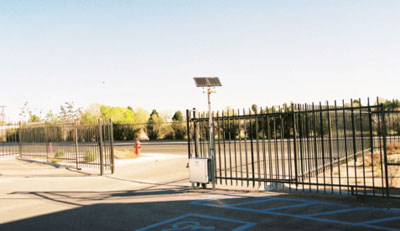
Photo 1. PV-powered electric gate; no trenching required
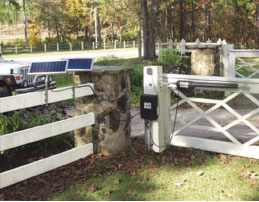
Photo 2. PV-powered electric gate. Courtesy MightyMule/GTO
Solar Hot Water Systems
Many solar hot water systems have been and are being installed throughout the country using a PV module to power the circulating pump. The combination of a PV-powered pump with a solar collector works well since bright sun results in more hot water and also causes the pump to run faster, transferring that hot water to the storage system. The PV module(s) can have a power of 10–30 watts and higher with voltages from 12 to 24 volts (nominal). See photo 3. Field-installed modules, pumps and controllers are used and, in most cases, the equipment is not listed or installed in compliance with NEC requirements. There are typically no considerations given to module grounding, proper disconnects and ground-fault protection. Conductors from the pump to the roof frequently do not meetNEC requirements for such circuits. Plumbing or combination inspectors should also examine the electrical circuits for compliance with NEC requirements.

Photo 3. Solar water collector and PV modules connected to the circulating pump
Construction Signs and Crossing Lights
Long gone are the small diesel or gasoline engine-powered generators powering the warning signs at highway construction sites. PV modules and batteries have replaced those noisy, polluting power sources and these systems are used throughout the country. But the PV connection is not noticed since the PV modules are usually out-of-sight (photo 4). School crossing and speed signs are also being powered by a PV module or two because such a system is cheaper than running utility power feeders along the highways. And there are the red light cameras and radar speed traps that are PV-powered.
These systems are usually manufactured as a single device that is already assembled and is, in many cases, portable. There are no field connections to make and inspections are usually not justifiable.
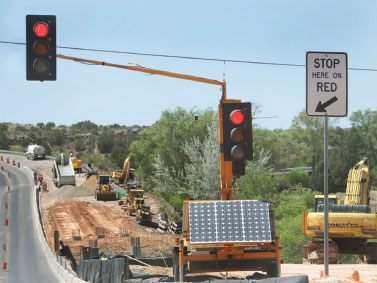
PV-Powered Air Conditioning
While there have been a few dc PV-powered air conditioners on the market, Lennox Industries has been marketing their Dave Lennox Signature SunSource heat pump and air-conditioning systems for more than a year. These systems have a set of AC PV modules connected to the outdoor compressor unit and the AC PV modules act as a utility-interactive PV system supplying the outdoor unit and feeding power into the building wiring system. When the local loads are less than the PV ac modules output, the excess is sent to the utility. The systems are available for both residential applications (photos 5 and 6) and commercial applications (photo 7). The outdoor compressor units have a factory-installed PV power combiner panel installed that has the necessary overcurrent devices required byNEC Section 705.12(D) (photos 8 and 9).
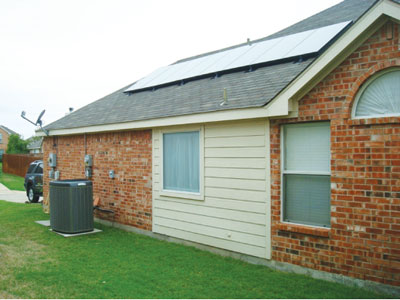
Photo 5. Residential Lennox SunSource HVAC system. Courtesy Lennox Industries
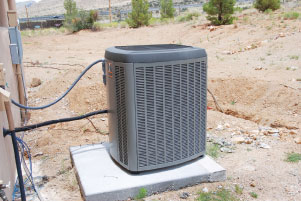
Photo 6. Lennox XC-21 SunSource Air Conditioning Outdoor Unit
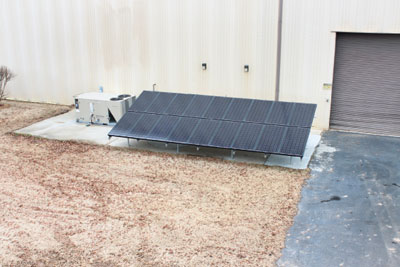
The size of the AC PV module array will vary with the customer’s budget and desires. Usually, in the residential applications, a single string of modules on a 15- or 20-amp circuit will be connected to a circuit breaker of that rating in the PV panel on the outdoor unit. And within the limited available space, the number of modules can be expanded from 1 to 15–17 depending on rating of the circuit and the rating of the AC PV module (photo 10).
Yes, these systems involve electrical connections above and beyond electrical wiring of the installation for the HVAC unit, and they should be permitted and inspected. The ac wiring is usually routed from the modules though a utility-required, readily accessible lockable disconnect and then to the PV breaker on the HAVC outdoor unit. There is no dc wiring to contend with and the equipment grounding of the module frames and the attached microinverters is made at a single point of one of the modules since they are all electrically and mechanically bonded together.
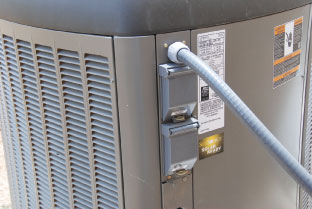
Photo 8. Lennox XC 21 PV power input panel
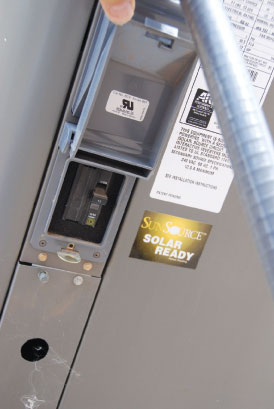
Photo 9. Backfed PV breaker in power panel on outdoor unit
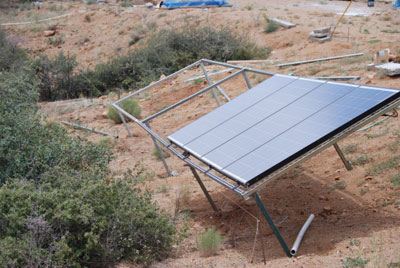
Photo 10. Four AC PV modules installed with expansion room for more modules
Large Systems in Remote Areas
Numerous large (megawatt and up) PV systems are being installed in remote areas on otherwise unused land or even on the unused and available flat roofs of very large buildings (photo 11). These systems will use multiple inverters rated from 500 kW to two megawatts each. In the case of ground-mounted systems, a fence will usually surround the entire array and all equipment with locked access. Large arrays on a building will also have limited access.
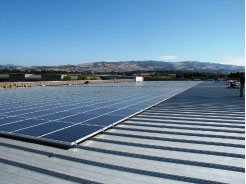
Photo 11. One megawatt PV array on a single building
At this point, the AHJ should review section 90.2 of the NEC to determine if this system comes under the requirements of the NEC. Large PV systems may be utility-owned, utility-operated and located on utility property and these systems are not required to comply with NEC requirements. A utility is defined and regulated by state law. However, many of these large systems are not owned or are not being operated by a utility on utility property. They are power purchase agreement (PPA) systems that are installed and operated by third parties. They must comply with the requirements of the NEC and any local codes. Although these systems are frequently referred to as being “behind the fence,” this term has no meaning in the NECand all NEC requirements should apply. Inspections of these larger systems may find numerous safety and code violations.
Summary
Time and funds in most jurisdictions are limited. The AHJ must evaluate the workload carefully and apply knowledge and inspection talents wisely to ensure the public safety. Not all PV systems can or should be inspected but those that can pose the most potential hazards should be high on the list.
For More Information
If this article has raised questions, do not hesitate to contact the author by phone or e-mail. E-mail: jwiles@nmsu.edu Phone: 575-646-6105
See the web site below for a schedule of presentations on PV and the Code. Call the author if you would like to schedule a presentation.
The Southwest Technology Development Institute web site maintains a PV Systems Inspector/Installer Checklist and all copies of the previous “Perspectives on PV” articles for easy downloading. A color copy of the latest version (1.93) of the 150-page, Photovoltaic Power Systems and the 2005 National Electrical Code: Suggested Practices, written by the author, may be downloaded from this web site: <ahref=”http: www.nmsu.edu=”” ~tdi=”” photovoltaics=”” codes-stds=”” codes-stds.html”=””>http://www.nmsu.edu/~tdi/Photovoltaics/Codes-Stds/Codes-Stds.html










Find Us on Socials